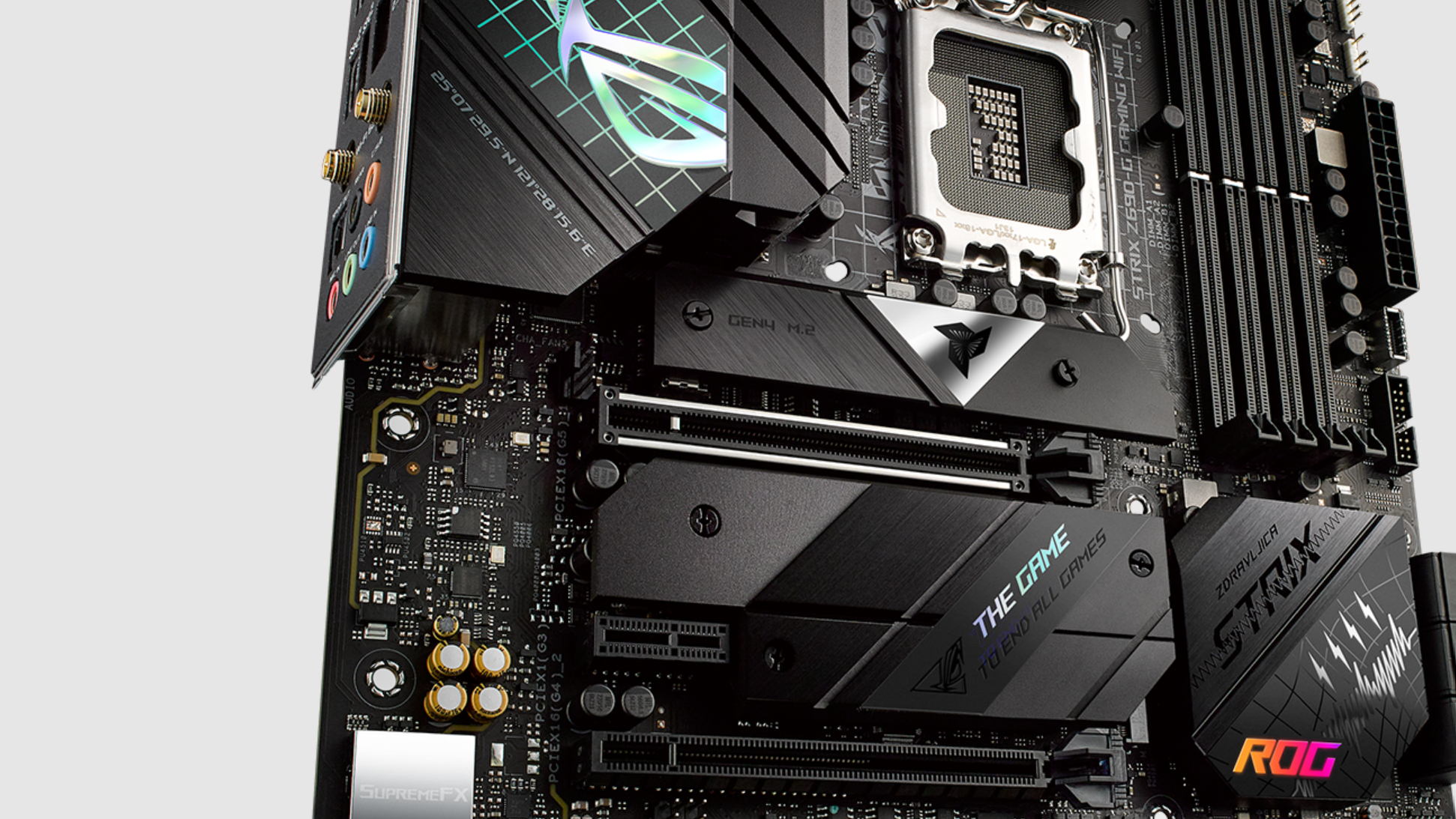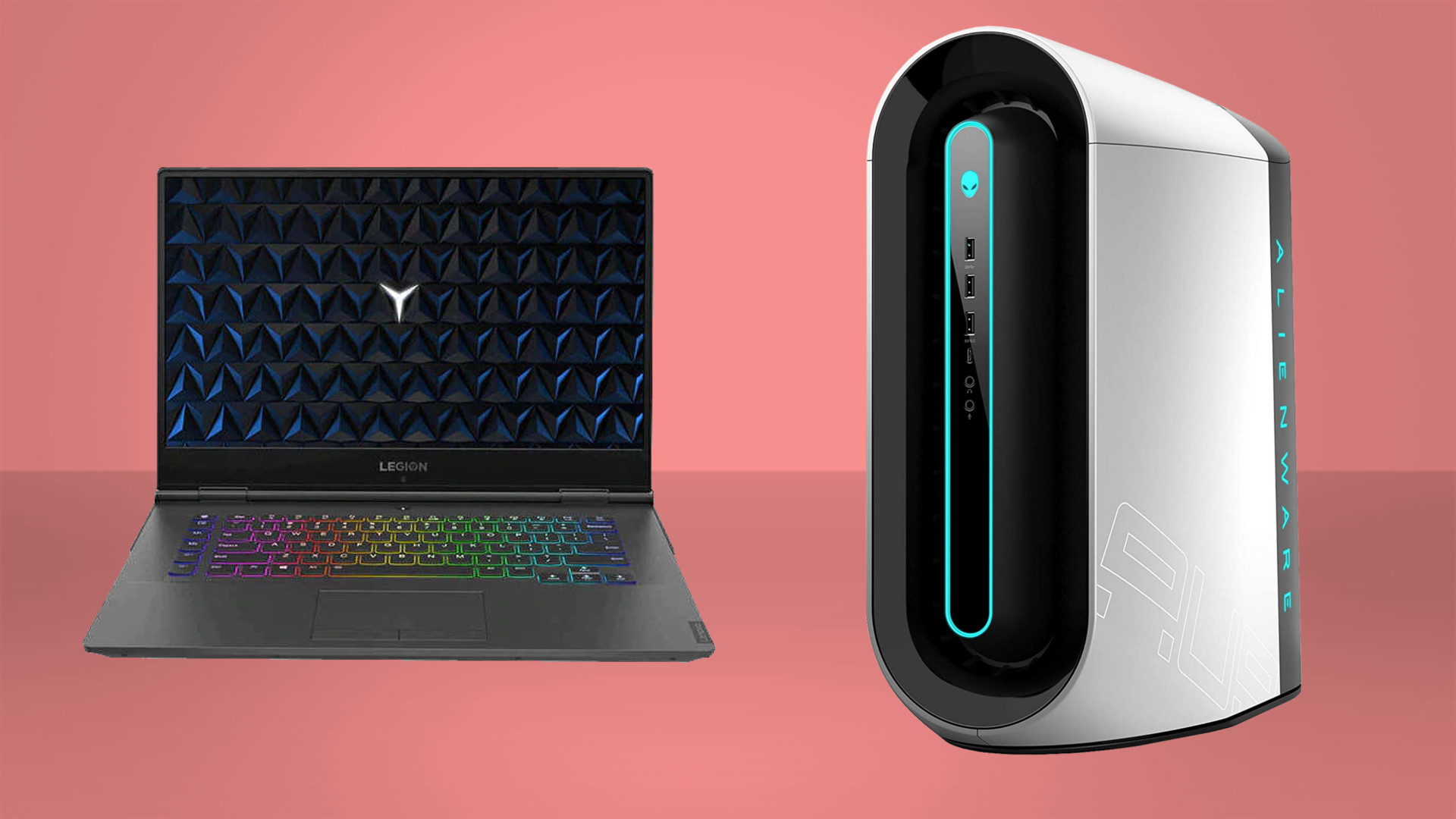Up to 256GB/s bandwidth is possible for PCIe 6.0 devices, including GPUs and SSDs
The next-gen interconnect specification has been finalised.

PCIe 5.0 may have only just arrived, but PCI-SIG waits for no man. The next generation of PCIe specification has already been finalised by the industry consortium, and PCIe 6.0 will once again double the bandwidth available for compatible SSDs, graphics cards, and other add-in cards.
The PCIe 6.0 specification delivers a 64GT/s data rate, which will bump bandwidth up to a whopping 256GB/s via a 16x connection. Surely that will be enough for the next few generations of graphics cards, though would namely make for some seriously speedy NVMe SSDs, even across a 4x or 2x slot.
PCIe 6.0 will also utilise PAM4 signalling, which may sound familiar. PAM4, or Pulse Amplitude Modulation 4-level, is also used by Micron and Nvidia for GDDR6X memory, which allows it to run so much faster than regular GDDR6 in high-end RTX 30-series graphics cards. It essentially allows for a higher integrity digital signal, with more bits transmitted during each period, which allows for the higher bandwidth to the attached device, be that memory chip, GPU, or SSD.
To mitigate any concerns over errors as a result of the faster PAM4 signalling, Lightweight Forward Error Correct (FEC) and Cyclic Redundancy Check (CRC) are also included. All of which PCI-SIG says will run with low latency.
Of course, PCIe 6.0 will also be backwards compatible with all other previous versions of PCIe.

Best gaming PC: the top pre-built machines from the pros
Best gaming laptop: perfect notebooks for mobile gaming
What matters most to us gamers, then, is when we'll get to experience PCIe 6.0 for ourselves. Of course, it will take a while for this technology to make it into CPUs, chipsets, and motherboards. Though once it is close at hand, the devices, namely storage controllers for speedy SSDs, will likely spring fourth at a rapid pace.
GPUs, on the other hand, haven't yet taken advantage of high bandwidth available with PCIe 4.0, and let alone PCIe 5.0. Today's top GPUs would barely scratch the surface of what a PCIe 6.0 4x slot could offer, let alone make good use of 256GB/s from 16x. That may all change with future generations and technologies, of course, but for the time being GPUs aren't in dire need of a bandwidth boost.
Keep up to date with the most important stories and the best deals, as picked by the PC Gamer team.
Intel only recently introduced PCIe 5.0 to desktops with Alder Lake, and compatible SSDs have already been teased for release. Some with staggering performance numbers.
The tech industry never ceases to meet the next-gen standards at pace, though for gaming performance we'll need more than just speedy drives to put them to good use. Technologies such as DirectStorage, which will better use speedy SSDs for gaming, are key to making these sorts of drives worthwhile. So, here's hoping this technology isn't far off now.

Jacob earned his first byline writing for his own tech blog. From there, he graduated to professionally breaking things as hardware writer at PCGamesN, and would go on to run the team as hardware editor. He joined PC Gamer's top staff as senior hardware editor before becoming managing editor of the hardware team, and you'll now find him reporting on the latest developments in the technology and gaming industries and testing the newest PC components.

